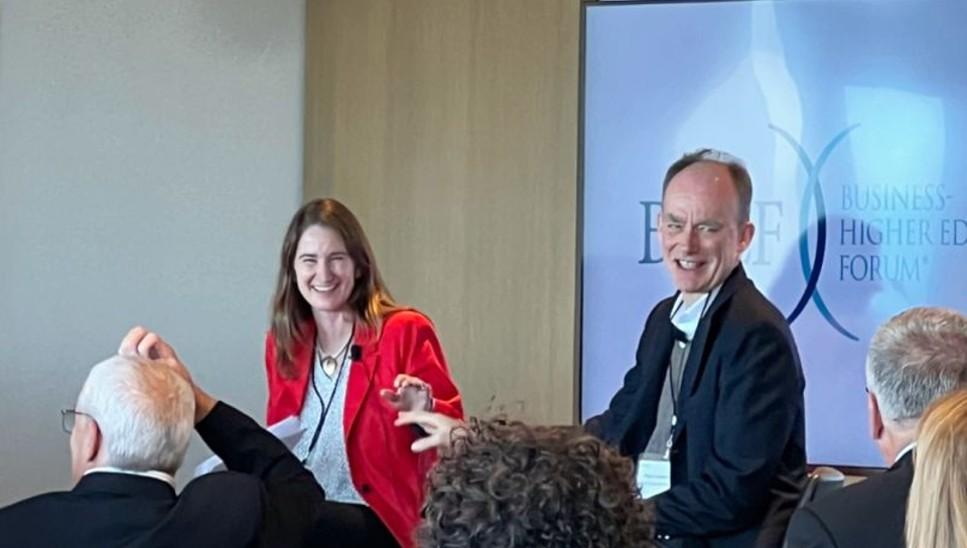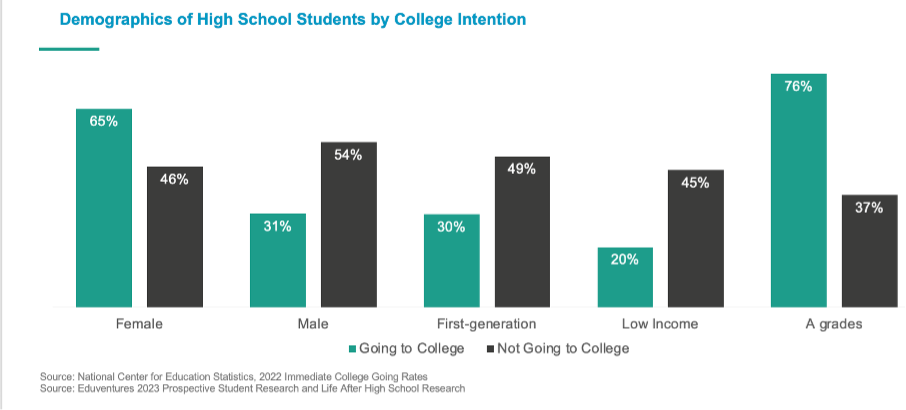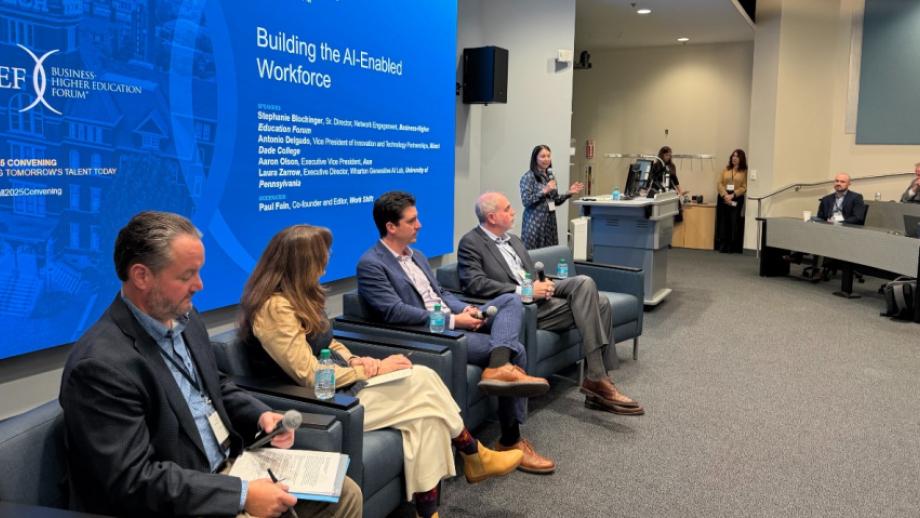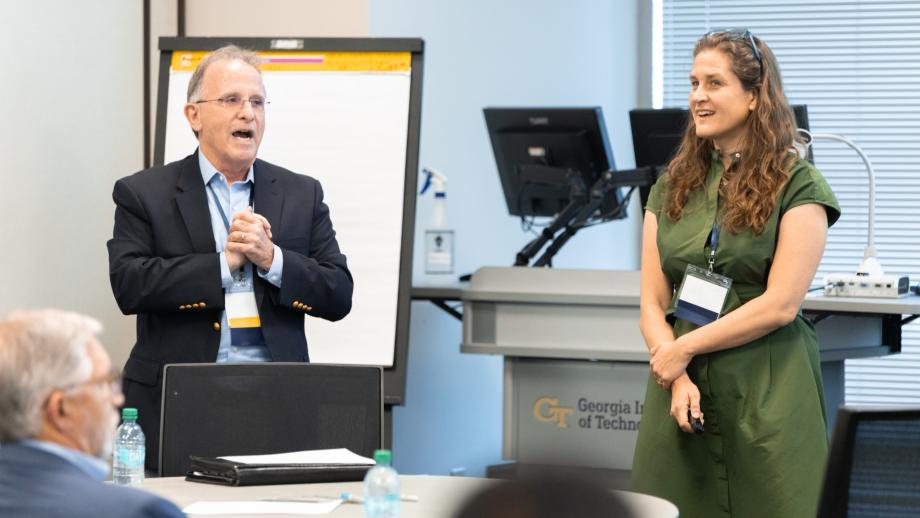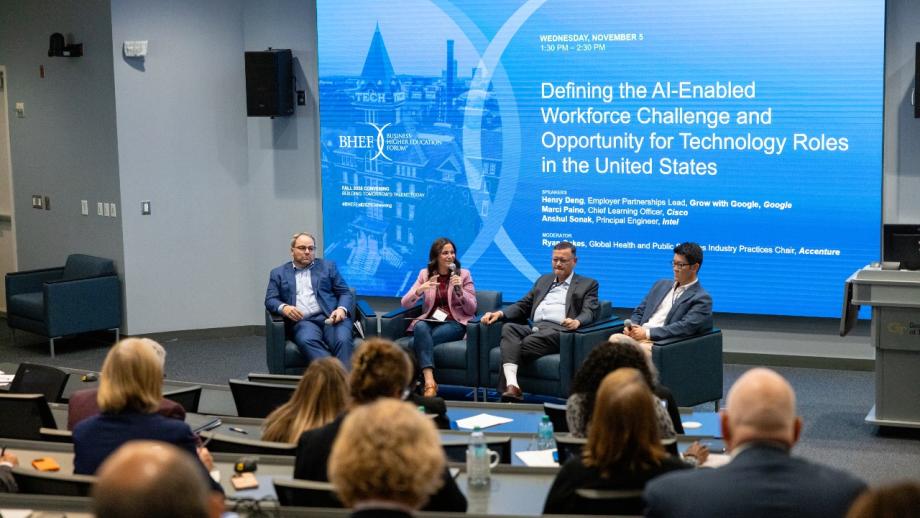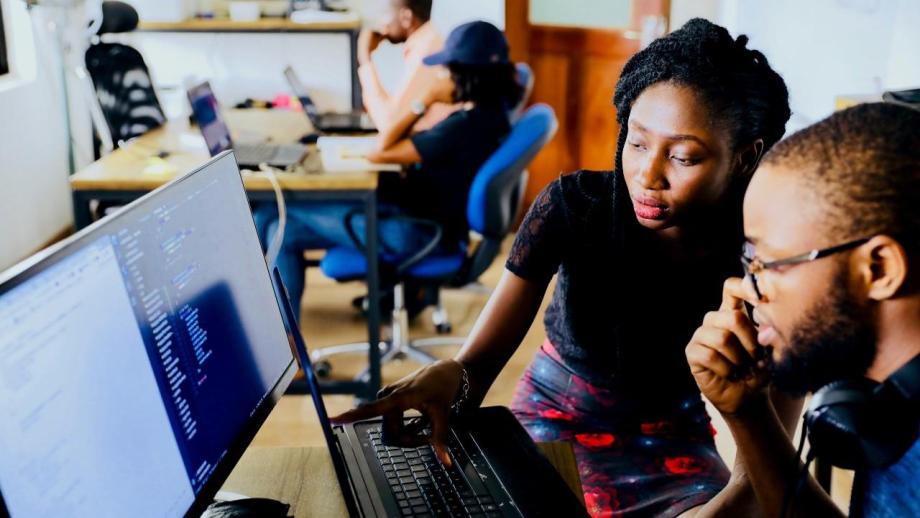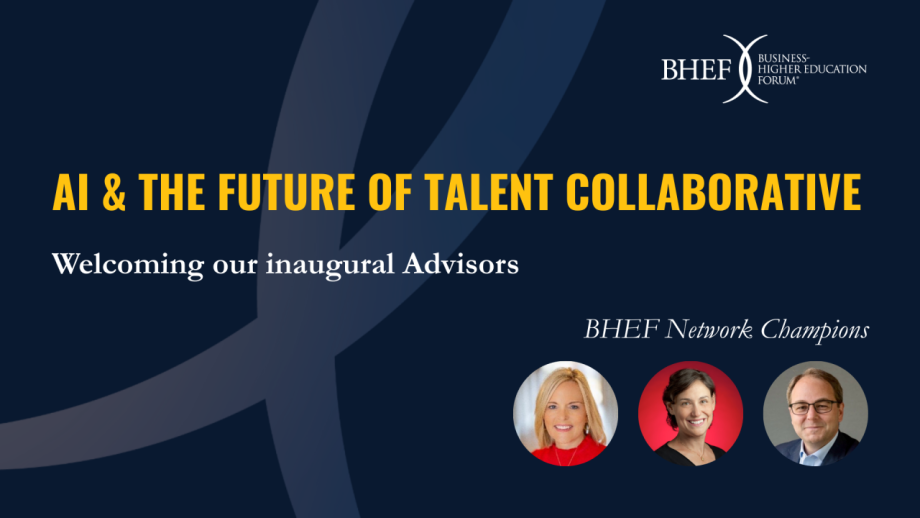In October 2024, the Business-Higher Education Forum (BHEF) convened our national network of over 75 leaders from industry, higher education, government, edtech, and nonprofit organizations, all united in their commitment to build inclusive pathways into the jobs of the future. Over two days, we rolled up our sleeves to address challenges we face connecting talent to opportunity and to co-design solutions that meet the fast-evolving needs of learners, industry, and our economy. Among the key takeaways and next steps were:
Employers are struggling to find the talent they need, and are building new approaches in response. Talent leaders from diverse industries are dealing with rapid changes in how they find, develop, and reskill talent for a workforce that is fast evolving due to technology. A forthcoming BHEF survey of 400 C-suite, HR leaders, and hiring managers finds 2/3 have challenges finding and equipping talent with the skills for today’s workplace. Cross-cutting durable skills, technical skills, and business skills are also noted as challenging to find by 2/3 of employers. Future demand for emerging fields and specializations including Artificial Intelligence, Cybersecurity and Data Technologies, Advanced Computing are projected to increase in the next 24 months by 1/3 or more of hiring leaders. As a result, employers are experimenting with new approaches, ranging from skills-based hiring strategies to earlier partnership with education partners.
Higher education and business leaders are prioritizing partnerships to meet this moment. Educators cannot prepare the professionals of today and tomorrow without industry involvement. Industry cannot educate, innovate, and upskill without educational partners. A forthcoming BHEF survey shows that almost 90 percent of business and higher education leaders say partnerships with the other are a priority. However, less than a quarter say that they are successfully executing on a partnership strategy. Our work ahead is designed to move partnerships from a priority to a success, one that drives better outcomes for learners.
We must activate all talent and create more inclusive paths to economic growth and participation. The US has benefitted from a period of tremendous economic growth bolstered by historic federal investments in re-shoring and on-shoring, shared Paul Gruenwald, chief economist from S&P. However, that growth has been uneven based on factors like region, demographics, and income. Looking ahead, we have a mandate to align education, employment, and investments to ensure those investments result in inclusive participation and growth. The future must have a combination of postsecondary, secondary, and workforce pathways that blend learning and working over a lifespan.
Adaptation and industry collaboration is critical to meet changing learner needs. Students are voting with their feet, and more K-12 graduates are questioning if higher education is for them—especially first-generation, male, and low income students (see below). Kim Reid shared the voice of the learner through Eduventures’ Prospective Student Research and Life after High School Research. Driving this shift is a rising importance of career outcomes for learners and a questioning of the cost relative to value of many degree pathways.
Higher education and business are rising to meet the moment. Higher education is the most powerful engine for workforce development, social mobility, and to create a more equitable and civil society, so we must build a big tent to serve all learners. And, we must act and think differently to ensure that we design for the workforce of the future, building more blurred and blended bridges with industry and work experiences. A diverse set of institutional leaders shared a examples of how they are building that big tent: ensuring low barriers to entry, shorter times to degree, lower costs per-credit, non-degree and credit options, and a focus on strong student outcomes. Examples include:
- Georgia Tech’s new College of Lifetime Learning that blends education and training.
- Hudson County Community College’s Hudson Scholars Program that is demonstrably building outcomes for underserved student populations
- Cal Poly’s holistic approach to ensure every student “Learns by Doing”
- The National Center for the Apprenticeship Degree’s approach to move paraprofessionals into professional roles.
As Arizona State University President Michael Crow has noted, these new systems must be “measured not by whom we exclude, but by whom we include and how they succeed.”
Looking ahead, the Business-Higher Education Forum is focused on three critical initiatives:
Ensuring all learners and workers have the literacy required for an AI-enabled future. A recent Brookings report estimates that more than 30 percent of workers could see at least 50 percent of their occupation’s tasks disrupted by generative AI, with the greatest impacts on roles that include middle- to higher-paid occupations, clerical roles, and women. “The Rapid Adoption of Generative AI” reveals that 39 percent of the U.S. population age 18-64 used generative AI at work in August 2024, faster than the adoption of any prior technology.
More important than those using GenAI is understanding are those who are NOT. Women, those with less formal education, older Americans, and those with non-STEM backgrounds are less likely to use GenAI at work. Handshake’s 2024 graduate survey shows a similar story from recent graduates, with students at less selective institutions and females reporting they are less familiar with GenAI tools. If this trend plays out unchecked, the impacts on equity and the workforce are profound and uneven. We have the responsibility, power, and urgency to address this NOW. Leaders at Accenture and Miami Dade College shared how they are leading the way to understand the impact of AI on key roles and build curriculum that prepare a diverse, AI-literate workforce of the future. Google shared their AI essentials courses that is designed to support literacy at scale.
Building the work-integrated models of the future. Experiential learning and closer connection between learning and work is a key design principle that reduces underemployment, catalyzes career success, and prepares work-ready talent in a world where entry level roles are changing in many careers due to automation. But while over 8.2 million learners want an experiential learning opportunity, only 2.5 million complete one marked by high quality. 4.6 million learners miss out completely. There is simply not enough supply of work-integrated learning opportunities, we need to design them to meet the needs of employers and learners and ensure that they are equitably distributed. This requires working across our ecosystem and with intermediaries to bridge the gap—a core focus of our initiative on work-integrated learning. Employers innovating around work-based learning to meet their organizational models include: Ellucian and James Madison University shared a new collaboratively developed internship model, Macmillan Learning shared their partnership with Historically Black Colleges and Universities to create externships, Exelon is starting to recruit as early as the first year of college through internships, and Amazon is partnering with over 400 institutions to provide career upskilling for their frontline workforce to retain and develop them for careers at Amazon and beyond.
Sharing best practices nationally in regional contexts. While our organization brings together national innovators, our experience is that unleashing the power of national best practice centers on strong regional leadership and collaboration. Leaders from across the country shared how place-based federal investments such as NSF Engines, Tech Hubs, and CHIPS are driving regional economic growth in sectors critical to US competitiveness and strengthening national security. Our work continues to focus on sharing key components to launching these partnerships and harnessing federal and state investments to drive economic and talent development and advance opportunity in regional communities.
Our leadership, board and network have set the following goals to guide our work – join us in mobilizing across leading employers, higher education leaders, and partners to achieve this vision.
- Increase the number of learners/earners completing with high-value skills and credentials aligned to employer needs
- Expand access and adoption of work-integrated learning models that prepare and connect talent
- Scale and implement these national best practices and solutions with regional networks and leaders
We had great partners at our event including the following who we encourage you to follow if you do not already—
Paul Fain from Workshift. His newsletter The Job and Podcast The Cusp are essential reading and listening for those in education, industry, or workforce who care about talent
Paul Gruenwald, chief economist from S&P Global, who has a LinkedIn Newsletter entitled Essential Economics
